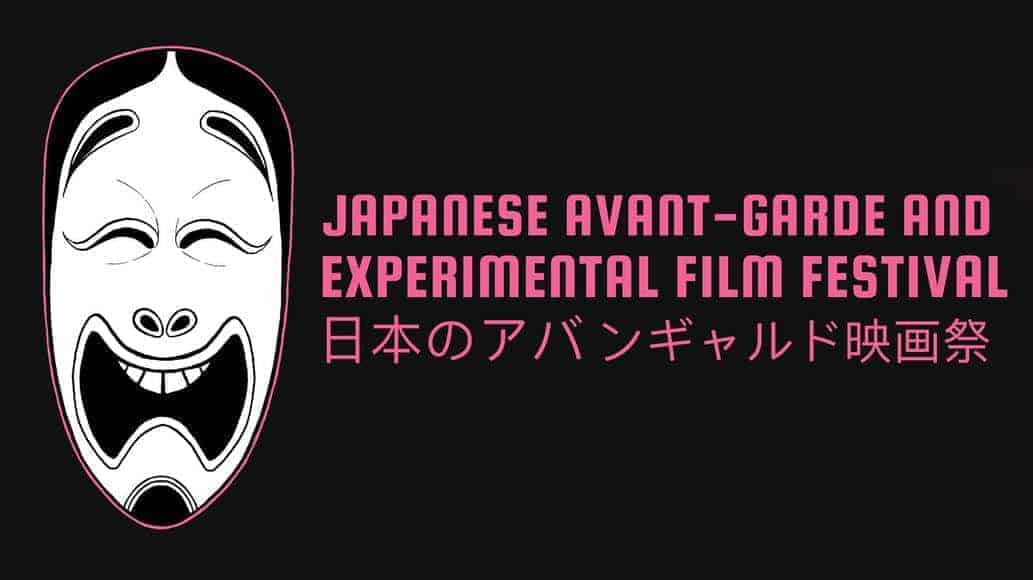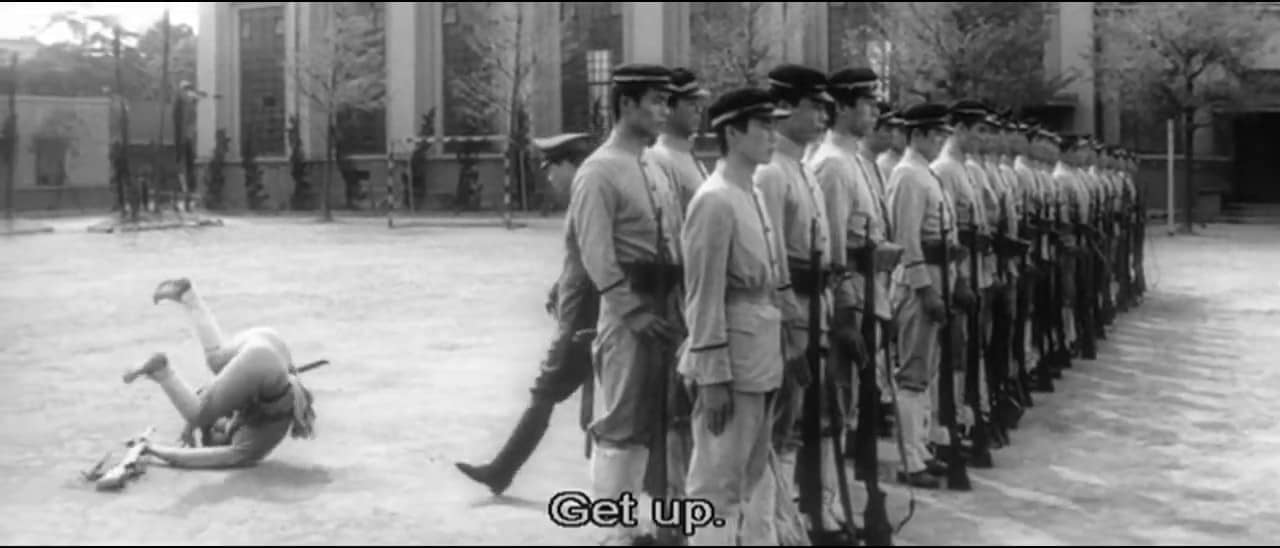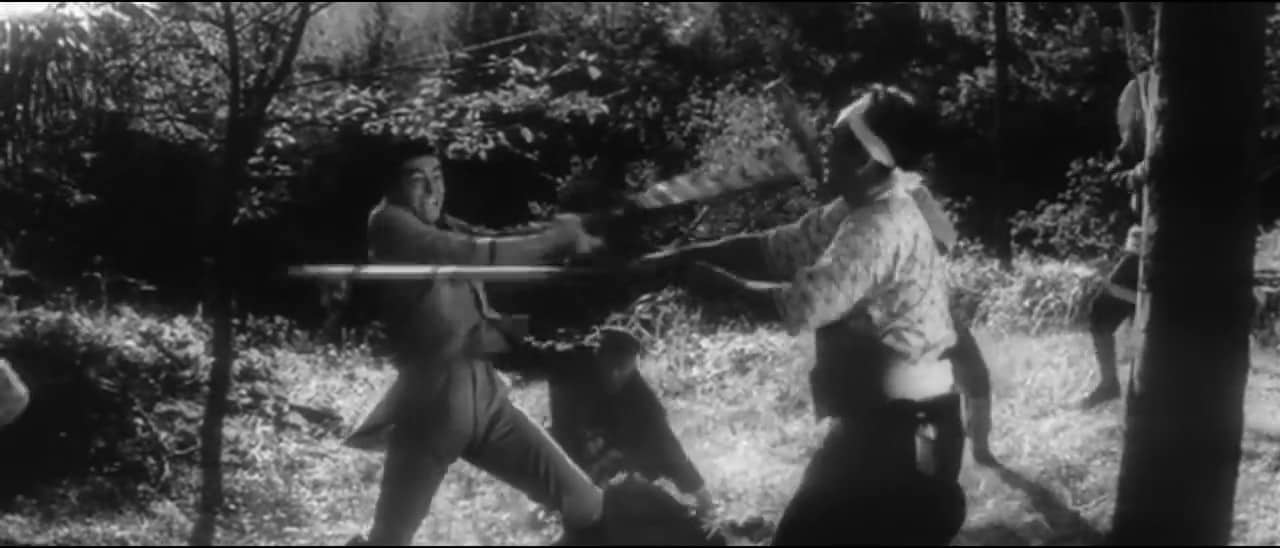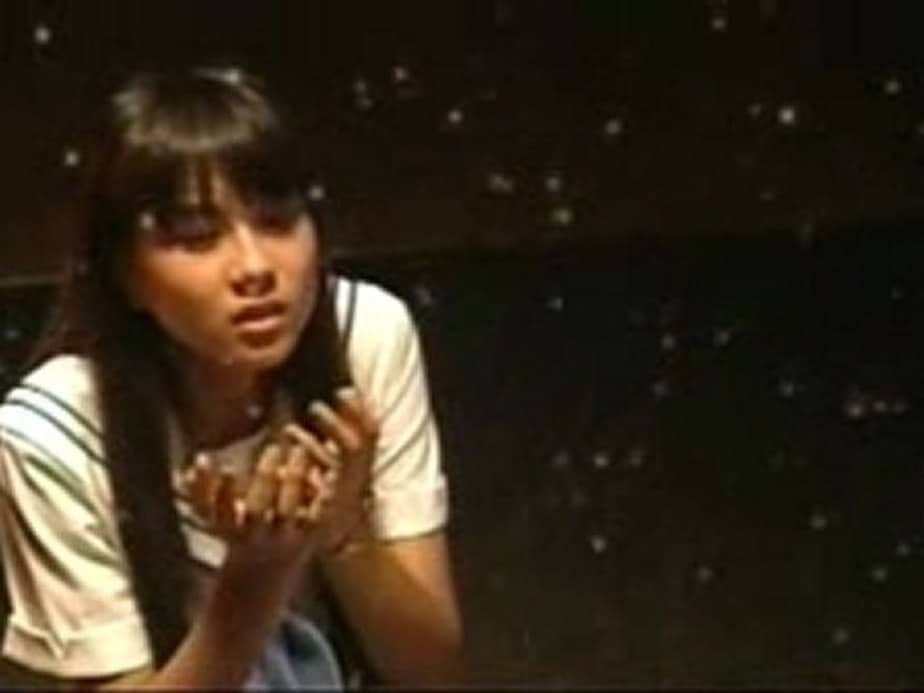By Wally Adams
During the late 60s and early 70s, famed screenwriter and director Kaneto Shindō wrote a series of scripts about World War II's legacy on Japan and the Japanese psyche for a few of those decades' greatest directors. These included one story about the war's lingering pains and injustices with Kenji Fukasaku's solemn and politically fiery 1972 “Under the Flag of the Rising Sun”, another set during the thick of the conflict with Kihachi Okamoto's graphic and harrowing (if messy) “Battle of Okinawa” and the earliest of them, Seijun Suzuki's 1966 “Fighting Elegy” which is starkly opposite from from the rest in not being serious at all — at least outwardly.
“Fighting Elegy” screened at Japanese Avant-Garde and Experimental Film Festival 2019

1935 Okayama. A militarized boys' middle school. Catholic student Kiroku (Hideki Takahashi) finds himself sharing the same Catholic boarding house with the sweet and innocent Michiko (Junko Asano), who takes a clear but not necessarily romantic interest and liking to him — much to Kiroku's chagrin. That's not because Kiroku doesn't also have an interest in her; it's precisely because he does, and one that's unequivocal, putting him in great fear of corrupting both her chastity and his own Catholic faith.
To further complicate things, Kiroku is taken as a military training pupil to “Turtle” (Yuusuke Kawazu) who leads their school's “OSMS” fighting club (AKA gang) marked by aggression, nationalism and anti-girl rhetoric (even if that's a difficult match with nationalism as they're kind of necessary for preserving a nation). Turtle also has a crush on Michiko, but with no moral or religious inhibitions whatsoever.

After getting into a serious and brutal rivalry with Takuan (Mitsuo Kataoka) and his fighting club, Kiroku finds that he must fight not for patriotism or justice or power or any other kinds of ideals or tangible goals, but simply “to vent his desires”. His rebellious streak and indomitable fighting spirit — hormonally fueled though they may be — are soon found to be so powerful that Turtle and the other members are increasingly subordinate to him. But is Kiroku ready to be a true fighter, leader, and regional purveyor of manliness?
“Fighting Elegy” is actually as much of an anomaly for director Seijun Suzuki as it is for Shindō. It came right after a spate of his vibrantly lurid softcore films and violent yakuza films; and right before his last film for Nikkatsu studios — 1966's hallucinatory “Branded to Kill” — would infamously get him fired (and as would later become more evident, scapegoated) and essentially banished from the Japanese film industry as a whole for a decade. “Fighting Elegy” is not an anomaly for its subject matter as Suzuki had already based the first two parts of his “Flesh Trilogy” around WWII and had several other films about youth or coming of age (though usually in a crime film context), and as is well known was already no stranger at all to the avant-garde, bizarre or delirious.

What sets this film apart on Suzuki's end is its more wholesome but also overtly farcical delirium. Despite having some of the heaviest and most serious subject matter of any of his films on paper (radicalized youths and fascism, religious piety and temptation), very little of it is presented in a way to be taken seriously (excepting a small but pivotal appearance dramatizing one of Japan's most infamous real-life radicals, Ikki Kita). Likewise, while still full of fighting, “Elegy” is free of the heavy violence and sex all of his other films from his last few years at Nikkatsu that all had either or both. There's a little blood spurting and a little suggestive humor about Kiroku's struggles with controlling his “desires” (particularly visible manifestations of them in a way recalling contemporary Italian sex comedies also with similar Catholic undertones), but nobody dies and nobody's naked, nor are there any crosses into Shindō's usual territory of stark pathos and emotionalism or madness.
Yet this film is still precisely about violence and madness in perhaps their greatest of all collective forms: ideological fanaticism. And it explores it through an utterly satirical and ludicrous prism of a coming-of-age film, with most of the story and humor stemming from the bumbling Kiroku's comically confused and conflicting emotions in being torn between his religion, his sinful repressed lust for Michiko and both personal and peer pressures to overcome both weaknesses through the power of pure, unquestioning, beautiful aggression. All of that fuels the humor, including plenty of slapstick brutality, crosses displayed about as dubiously as “Gate of Flesh” did the American flag and amusingly protective warnings from Kiroku and Turtle against anyone (else) lusting after Michiko — who's “as pure as the Virgin Mary” and “a saint like Joan of Arc”.
Though the actors are not well-known at all (Takahashi was mainly a TV actor; Kawazu mostly did bit roles though he did star in Nagisa Oshima's “Cruel Story of Youth”), they were well-chosen in this case as actors who were willing to fully let themselves go for the absurdities required here. The especially obscure Asano was perhaps the most apt choice of all for her endearing and clearly natural innocent girl-next-door (or in this case, girl-right-in-your-room) quality.
While Suzuki and Shindō were actually not known associates — as they ended up taking opposite stylistic trajectories and even their collaboration here seemed a studio initiative — they still shared a special link as WWII veterans with quite awful experiences of different kinds. Suzuki faced a series of humiliations and ordeals from American attacks and Japanese desperation, making him frequently speak of the war from the humiliation to even death he witnessed as “funny”. That no doubt shaped the offbeat and flippant black comedy of “Gate of Flesh” (where prostitutes compete with and torture each other over the affections of a WWII veteran in 1945 bombed-ravaged Tokyo).
Shindō, on the other hand, found nothing funny about his experience, facing more humiliation and shocks from his own military, who relegated him to menial labor while almost everyone else serving with him died in combat before even worse yet he was to find his hometown of Hiroshima completely destroyed. That likewise shaped the emotional and contemplative films he would direct on the tragic rather than comic effects of the war from the very first film on the atomic bombs, 1952's “Children of Hiroshima” all the way up to his last film at 98 years old, 2010's “Postcard”.

So the final product naturally made for a fascinating combination of two of the last surviving legends from 1950s Japanese cinema (Shindō died in 2012, Suzuki in 2017) whose careers both reached their artistic peaks in the mid to late 1960s. While both Suzuki and Shintō's other military films sought to sternly rebuke the Japanese (and sometimes American) government[s'] handling of the war before, during and after, “Elegy” seeks more to make fun of it with a primarily fun film that's still quirkily entertaining when stripped of political dimensions.
Nevertheless, the cliffhanger ending casts a fittingly grim shadow over all that happened before, indicating that the fun's over right alongside the exciting allure of fascism that initially makes youthful life seem an adventure. Unfortunately, the planned 2nd part of this film covering the 2nd half of this same story and novel wasn't to be, due both to Suzuki's firing and the tanking of Nikkatsu altogether soon afterward.
As it stands however, “Fighting Elegy” is still living testament to the versatility of two industry giants in creating films and reflecting on their wartime experience in particular, as while this was thematically nothing new for either of them (especially Shindō), it's still so very much unlike any other product from them. Does that make it a great film? Actually, no — as it still doesn't seem to come off as or even aim for being a particularly deep or biting commentary. It just makes it a quite interesting and entertaining one. And rest assured, if Suzuki had adapted the same script here while Shindō had directed, we would've had a completely different but probably no less interesting experience in feel, style and mood from the very same materials.
“I've written out a set of rules for OSMS….all dealings with sissies are forbidden! And those who chase girls shall be deemed cowards!”















